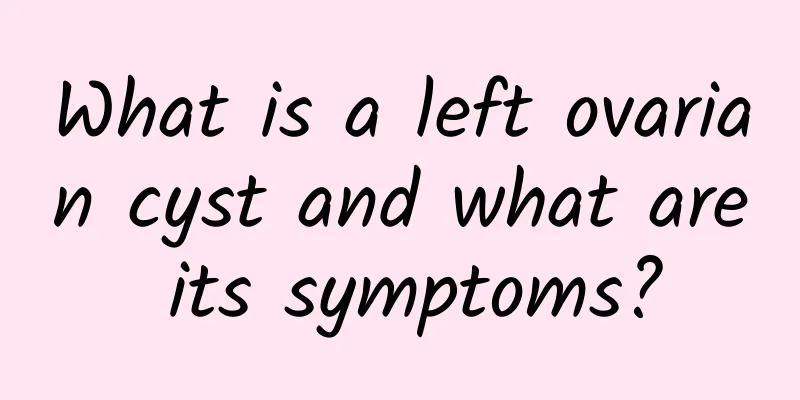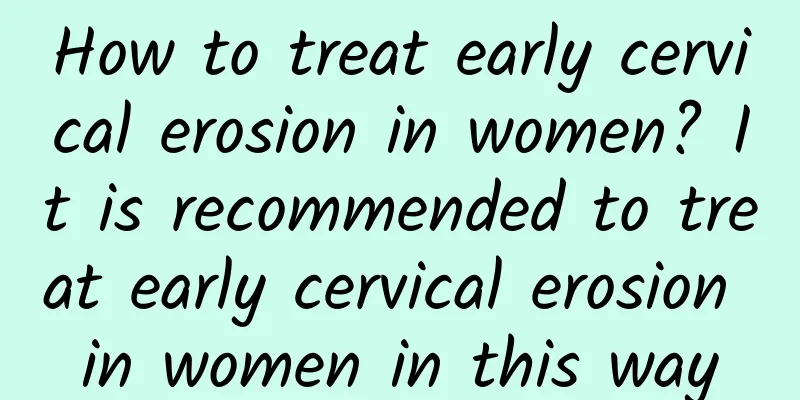Prognosis and prevention of uterine fibroids

|
Uterine fibroids are the most common benign tumors in women. They are composed of smooth muscle and connective tissue and are common in women aged 30 to 50, but are rare in women under 20. According to statistics, about 20% of women of childbearing age suffer from uterine fibroids. Because fibroids often have no or few symptoms, the clinical statistical incidence is far lower than the actual incidence. It is also because uterine fibroids are often asymptomatic, so they are often ignored by women, resulting in untimely treatment, causing a variety of harms, such as causing female infertility or miscarriage, causing adnexitis, pelvic inflammatory disease, and secondary anemia. Therefore, middle-aged women aged 30 to 50 should pay attention to gynecological examinations; those with fibroids should be cautious in using sex hormone preparations; those whose fibroids continue to grow after menopause should pay attention to the possibility of malignant transformation and should actively receive treatment. Since uterine fibroids are benign tumors, generally speaking, hysterectomy has a good prognosis; myomectomy, interventional treatment, or drug treatment may cause recurrence, so attention should be paid. In addition to active treatment, women should also take steps in their daily lives to prevent uterine fibroids, such as paying attention to regulating their emotions, preventing anger and grief, and overthinking; avoiding excessive fatigue, and combining work and rest; paying attention to sexual moderation, paying attention to sexual hygiene, and keeping the vulva clean; cultivating good eating habits, eating at regular times and in fixed quantities; adhering to a low-fat diet; eating more whole grains; eating nutritious dried fruits regularly; and avoiding spicy, alcoholic, frozen and other foods. |
<<: Treatment of pregnancy complicated with uterine fibroids
>>: Auxiliary diagnostic methods for pituitary amenorrhea
Recommend
3C charging disrupts sleep, causes metabolic disorders, and may make you fat and ugly
Do you charge your phone on your bed or bedside b...
The reason why a small number of maternal traumas can cause vulvar leukoplakia
Benign keratotic lesions in the vulva are called ...
Can I get ovarian cysts after menopause?
Can I get ovarian cysts after menopause? The main...
Tips for preventing and treating threatened abortion
There are many reasons for threatened abortion, i...
How is vulvar leukoplakia generally treated?
Vulvar leukoplakia in women is a stubborn disease...
What are the symptoms before vulvar leukoplakia turns cancerous?
Vulvar leukoplakia generally refers to white lesi...
What are the specific manifestations of ovarian cyst symptoms?
Nowadays, many people will have symptoms of ovari...
Is vulvar leukoplakia hereditary?
Can vulvar leukoplakia be inherited? Vulvar leuko...
I have thick legs and a big butt and can’t lose weight? "Muscle Girl" Promotes Slimming Tea
Why do some people have "slim waist, plump b...
How long does it take for cervical precancerous lesions to recur?
What is the probability of recurrence of cervical...
Ovarian cyst first medical record template
Ovarian cysts can be divided into many types, and...
What are the treatments for cervical hypertrophy?
Cervical hypertrophy is a morphological change of...
How can patients know if they have pelvic inflammatory disease?
Many patients do not know how they contracted pel...
Can chronic pelvic peritonitis be cured?
Chronic pelvic peritonitis often has chronic salp...
Detecting chronic pelvic inflammatory disease can help you recover faster!
Pelvic inflammatory disease can be clinically div...









